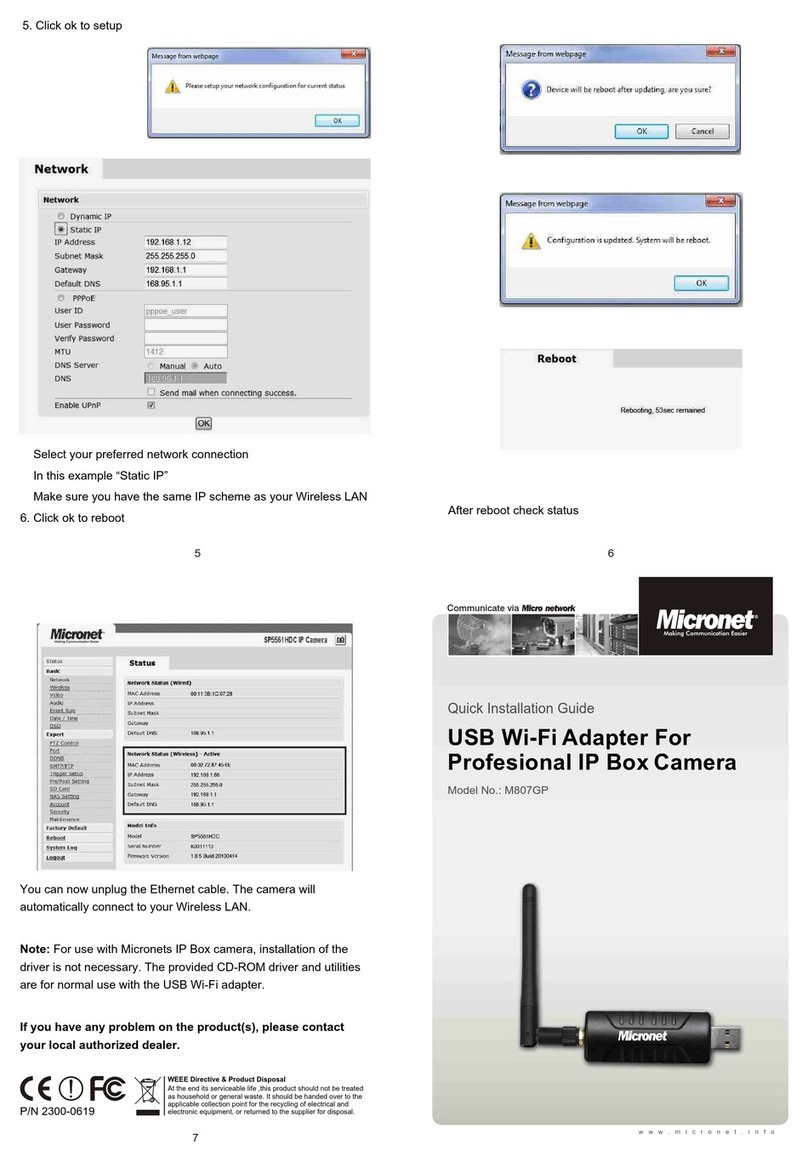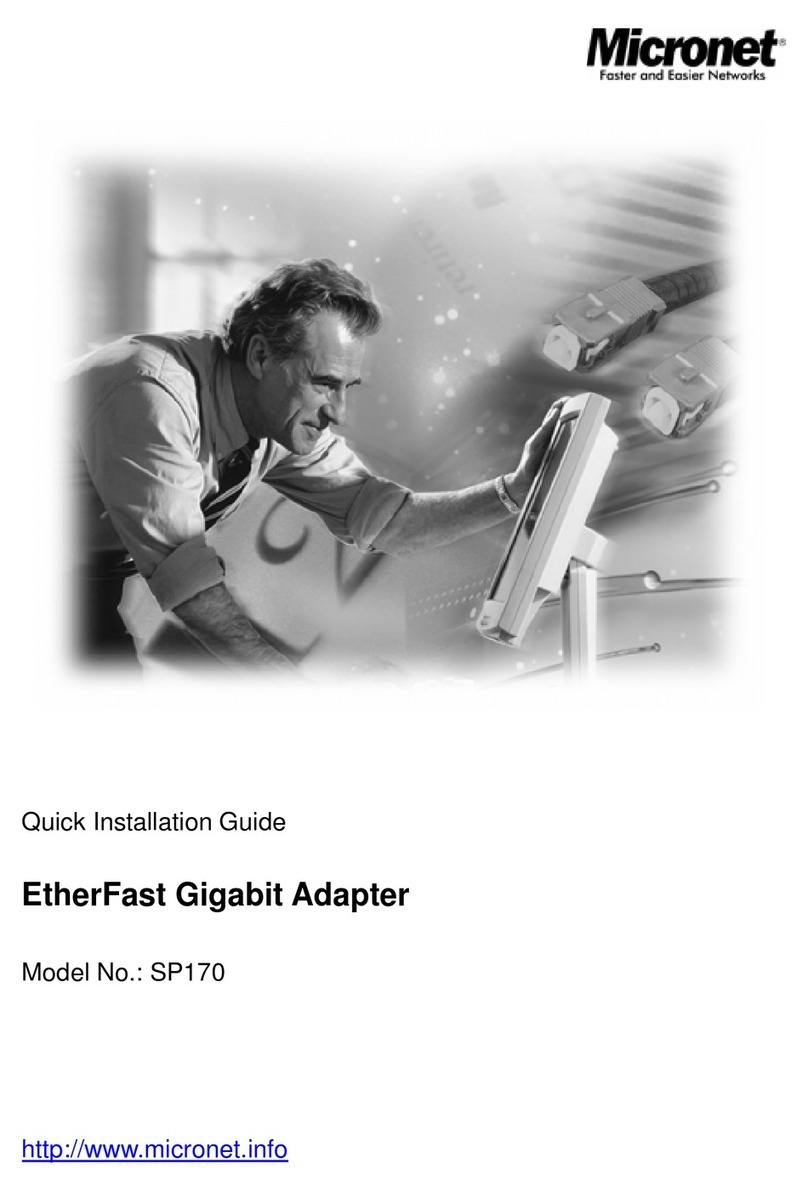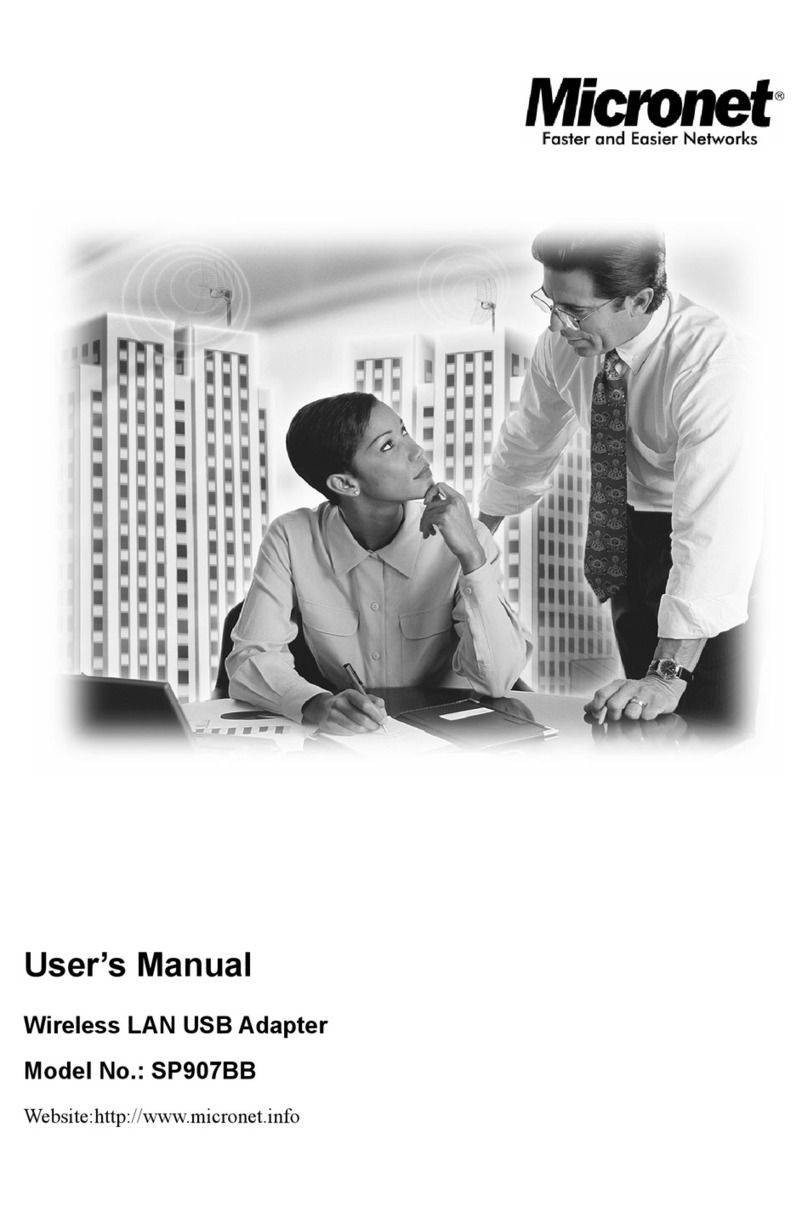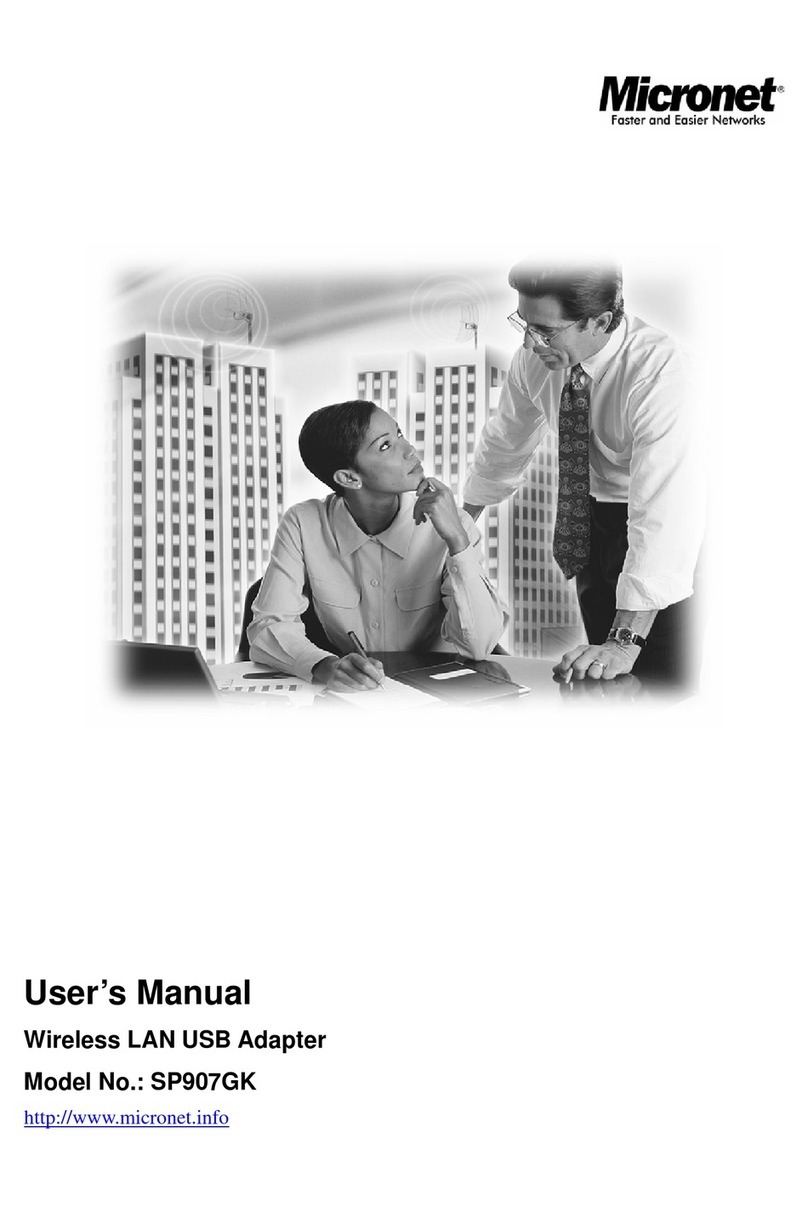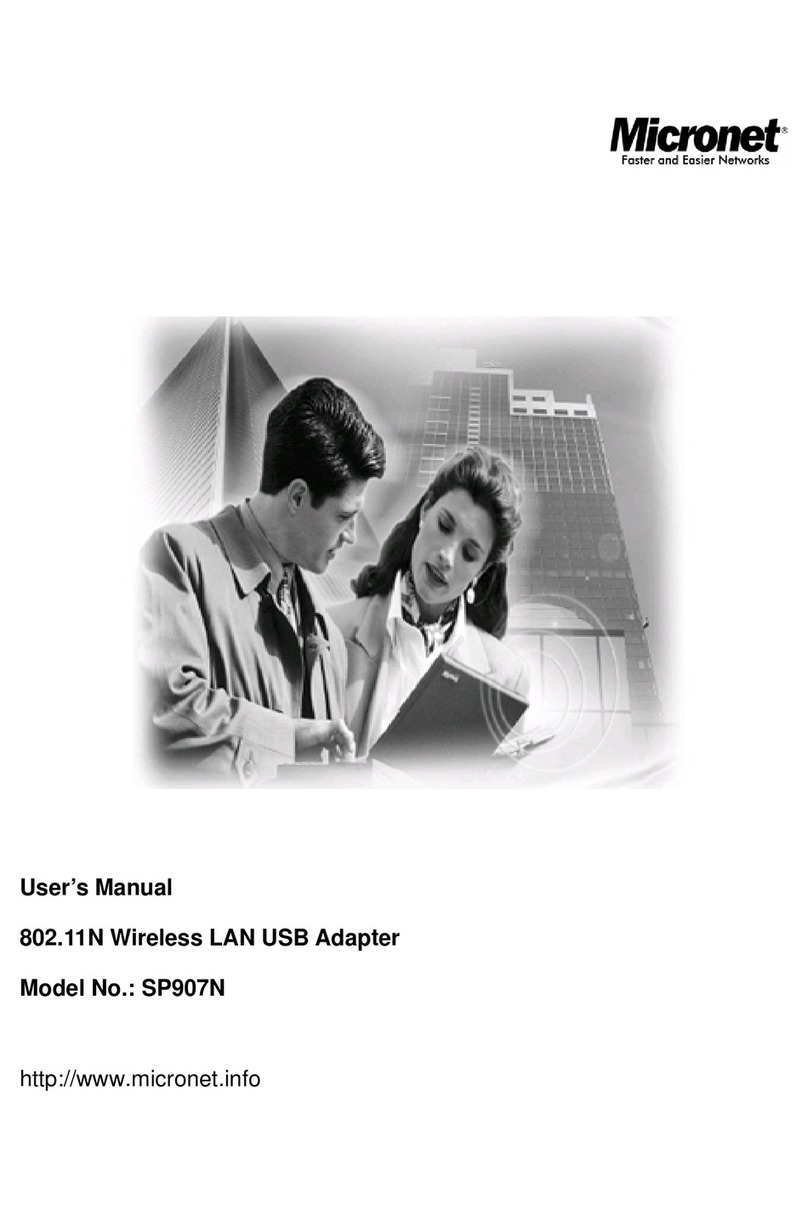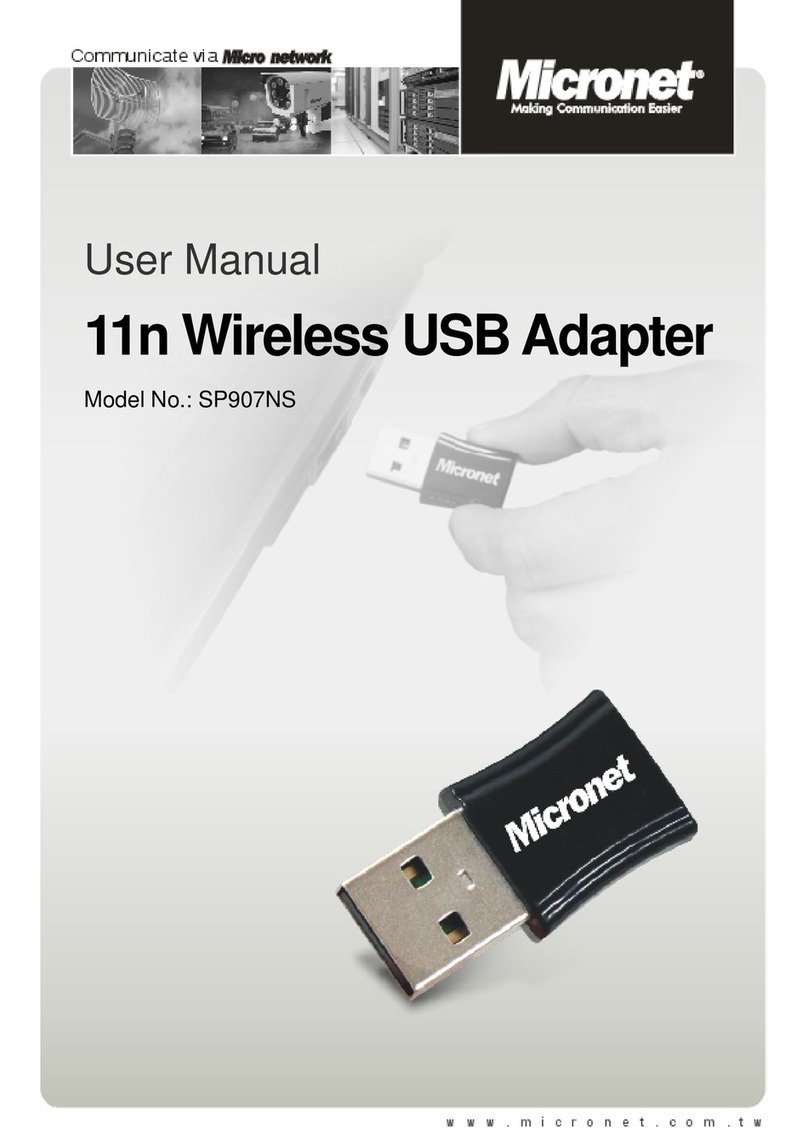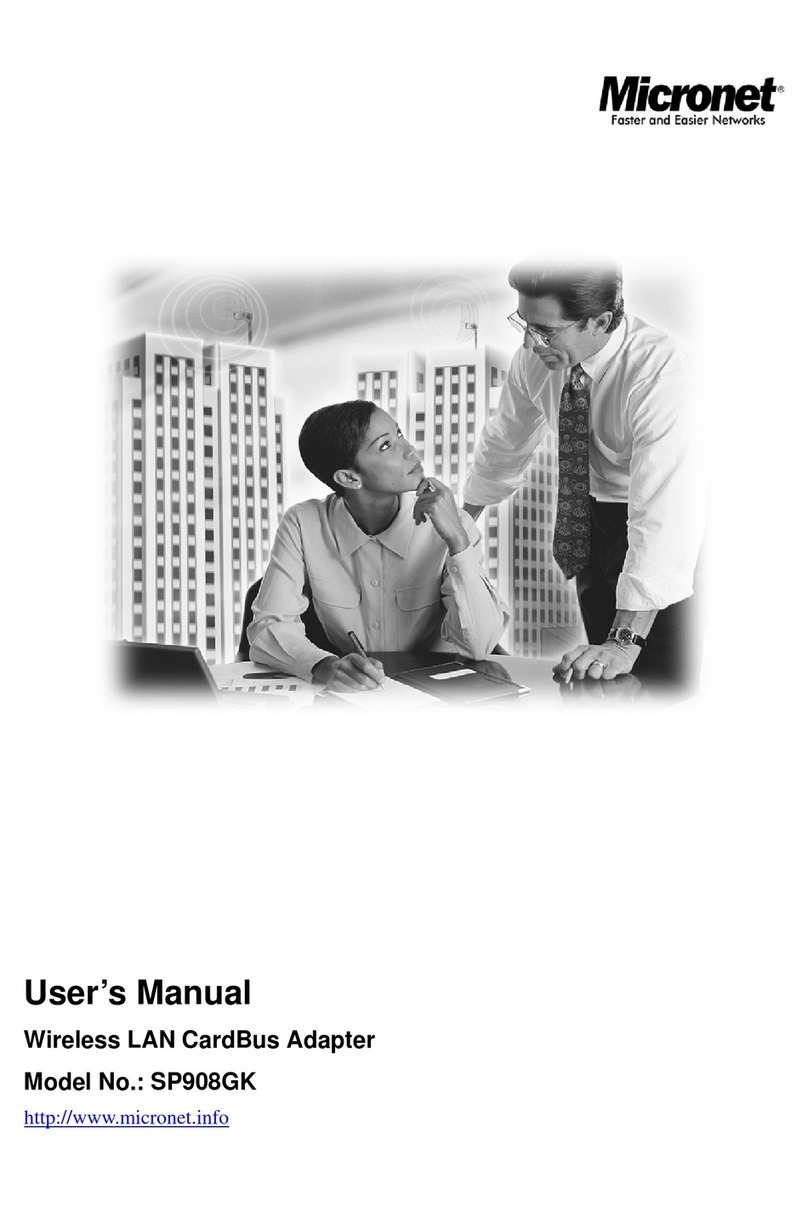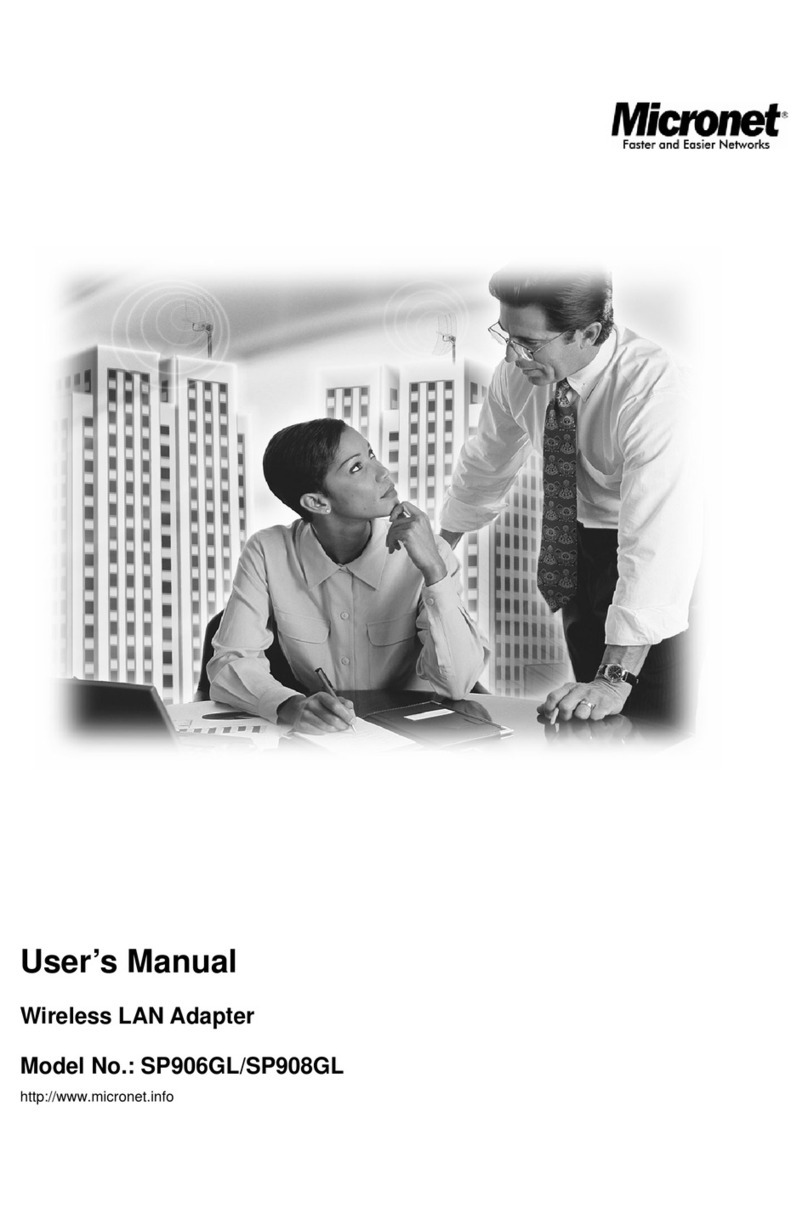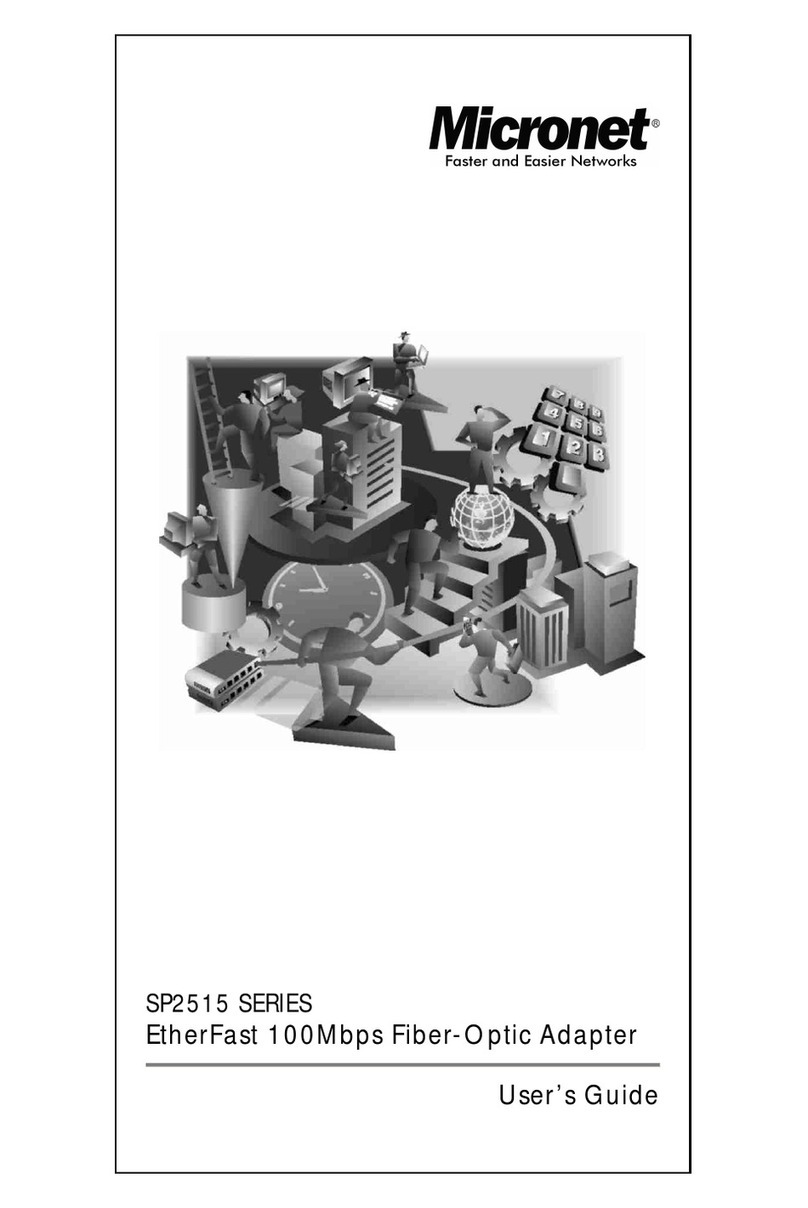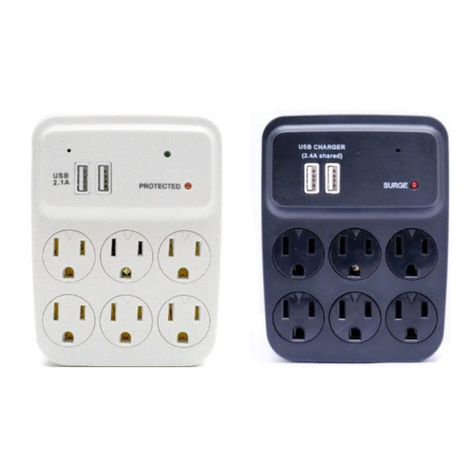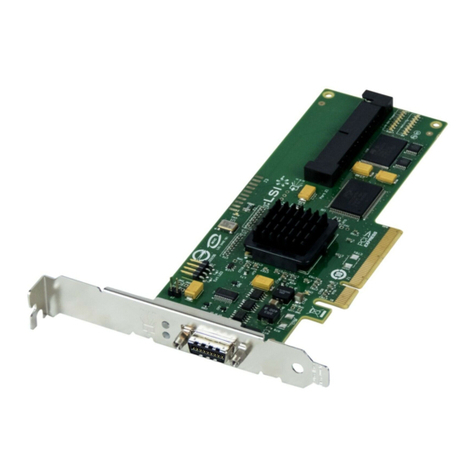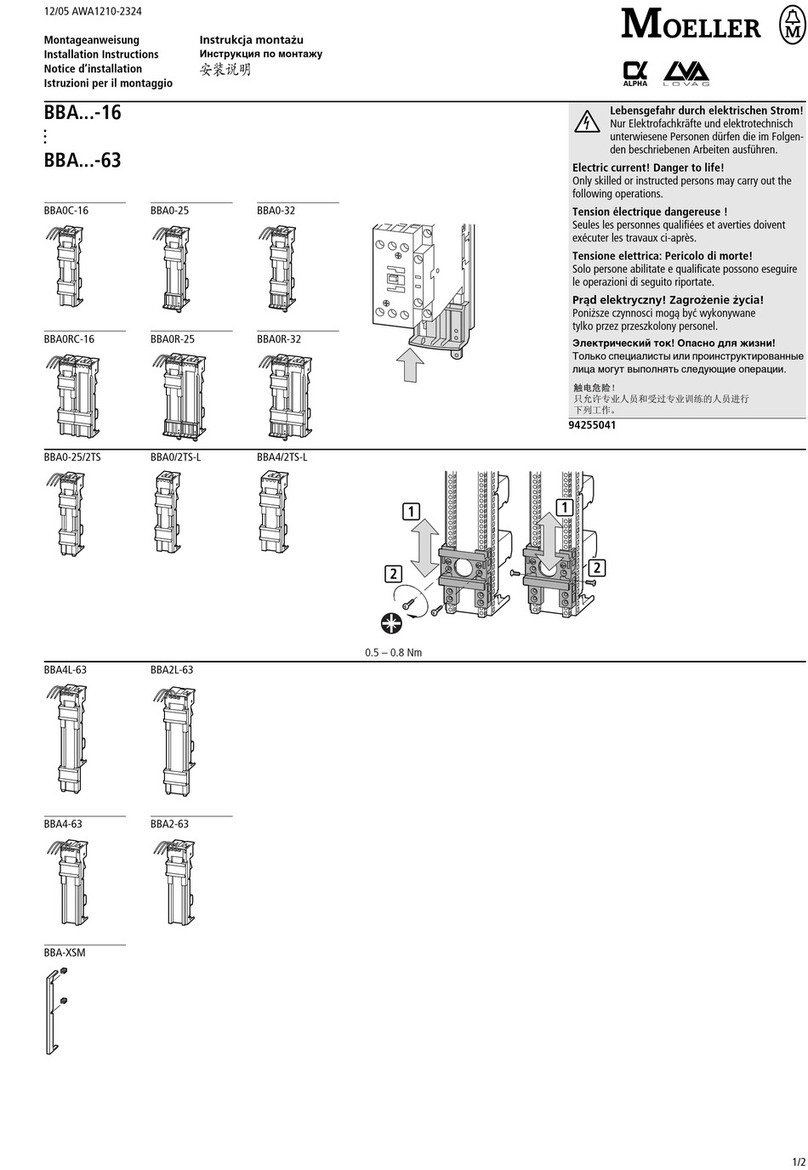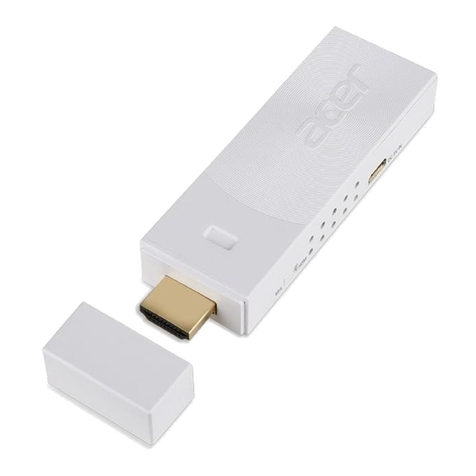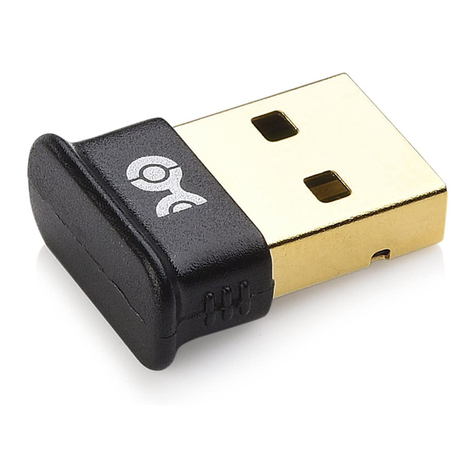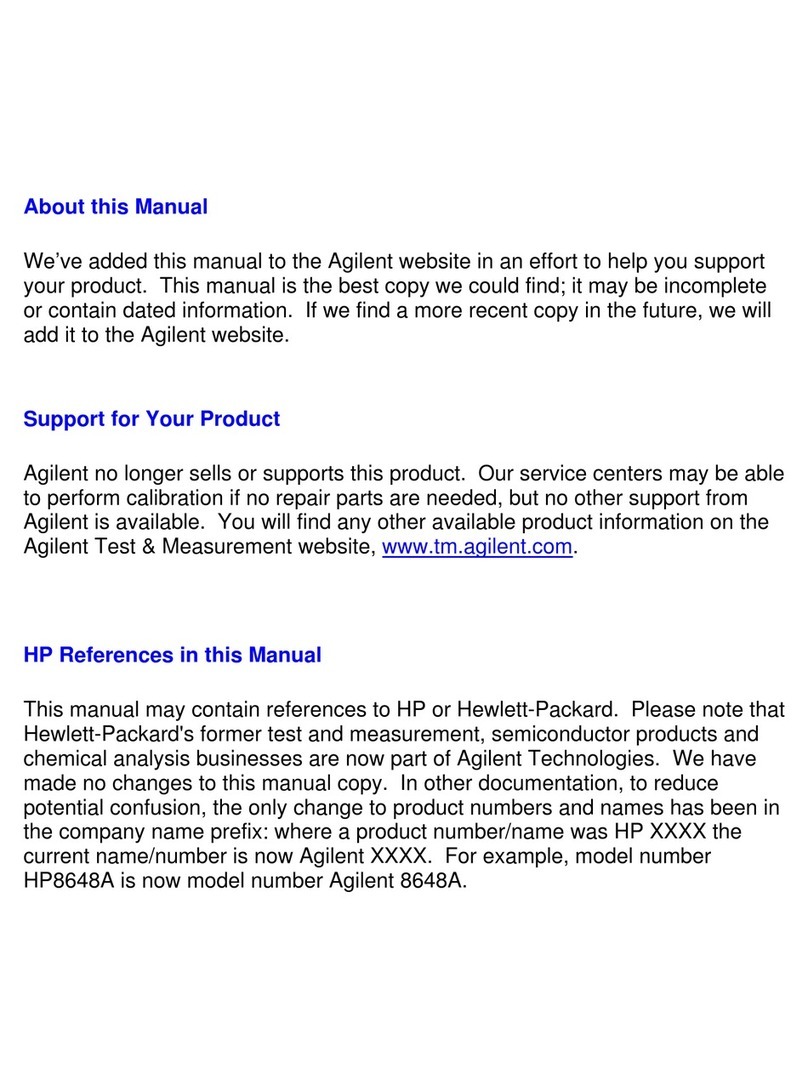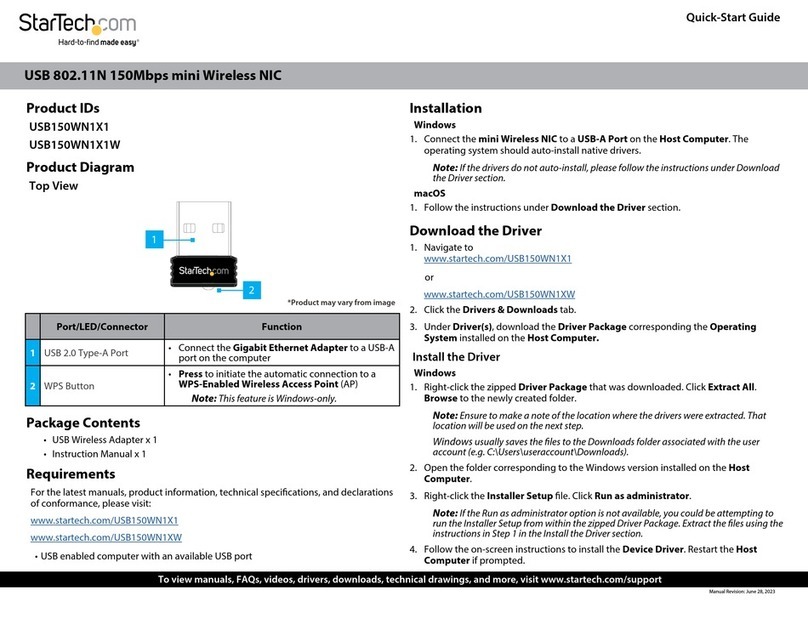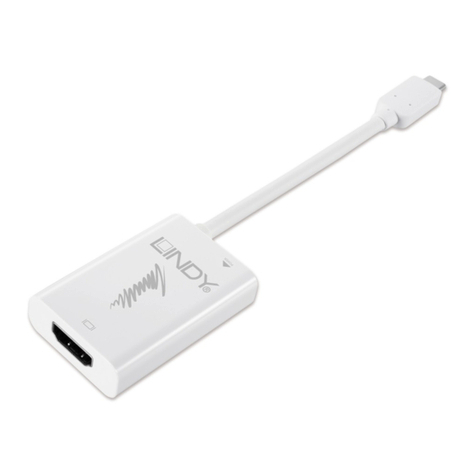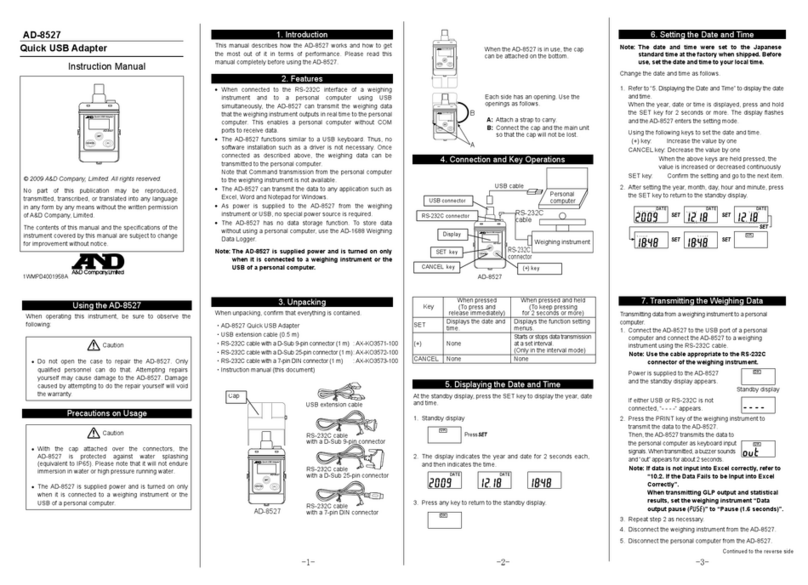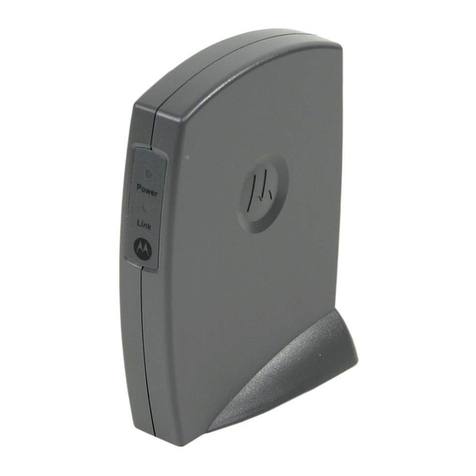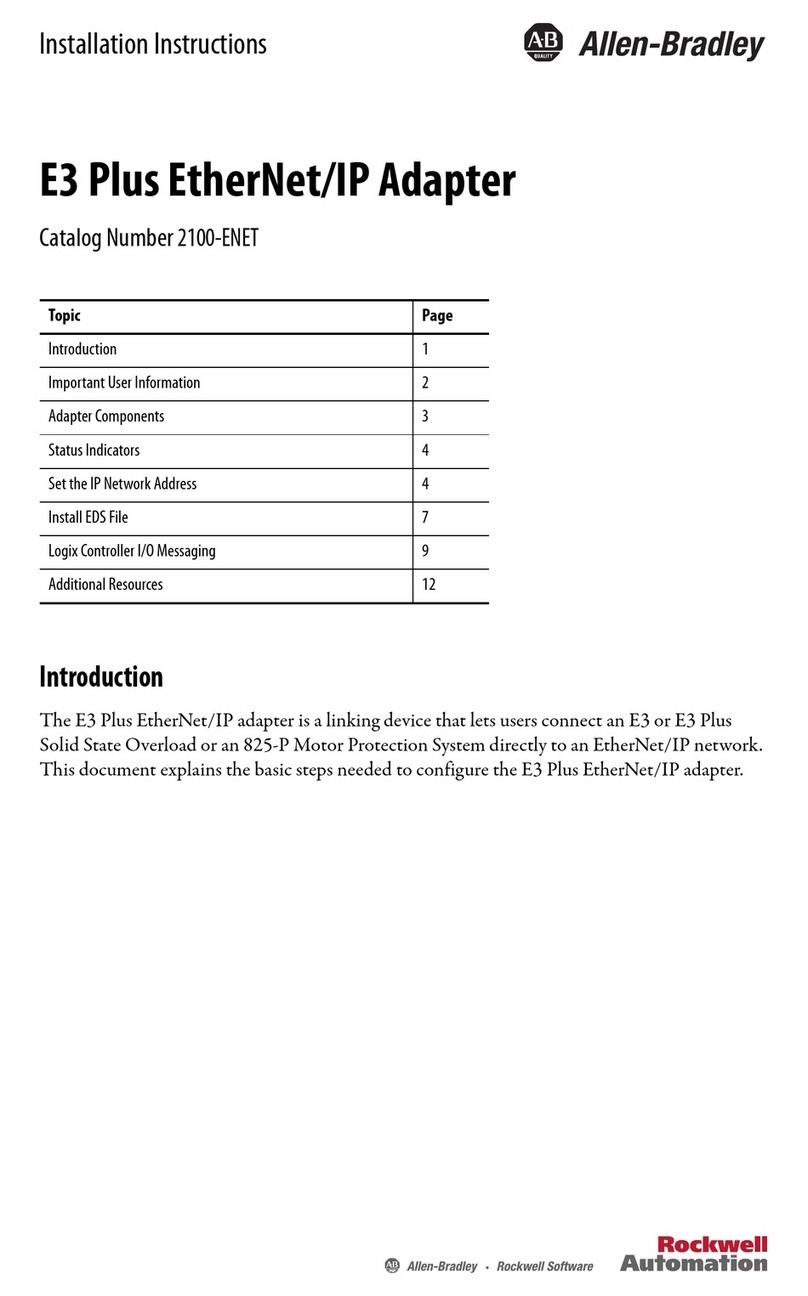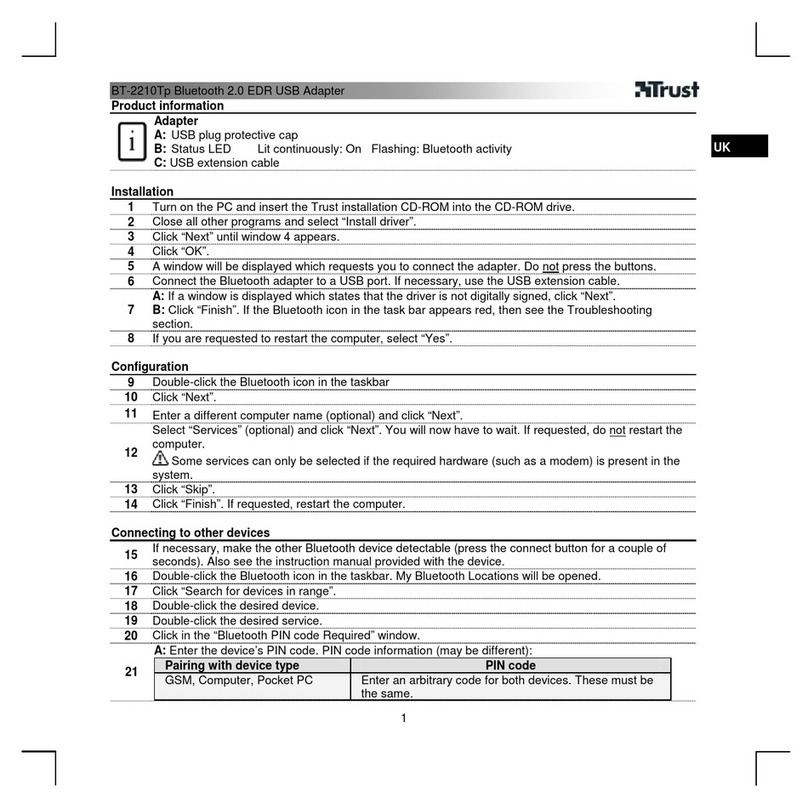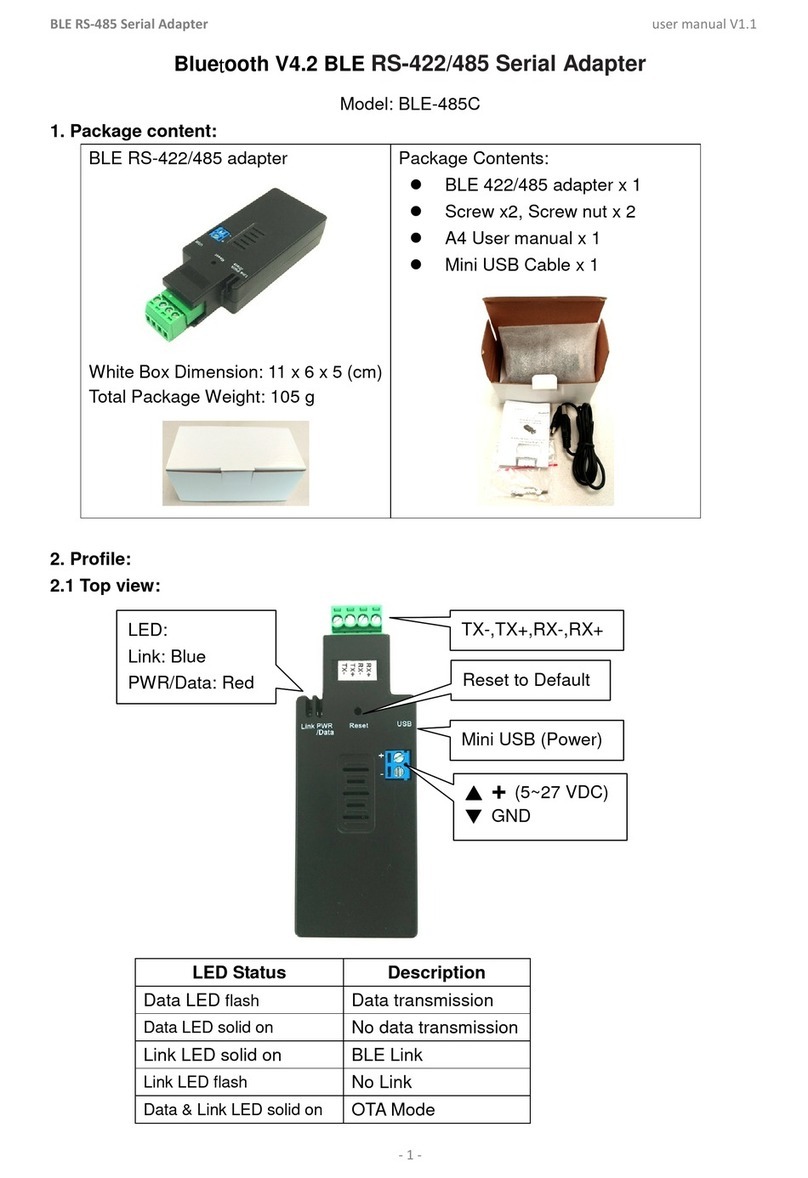1
1Introduction
Micronet SP907NP, 11N Wireless LAN USB Adapter, delivers next generation high speed at a more
economical and affordable price tag. It is easily implemented for medium-sized business to allow
immediate access to high speed wireless experience. It is compliant with IEEE 802.11n and backward
compatible with IEEE 802.11b/g. The USB adapter supports MIMO (Multi-In, Multi-Out) technology,
which uses 1T1R (1 transceiver, 1 receiver) to enhance data rate and wireless coverage. It is the part of
the complete package of the new 11n high speed wireless solution. Ideal installation is for both desktop
computer and notebook with USB 2.0/1.1 port.
By integrating with 5dBi Directional Hi-Gain Antenna, SP907NP increases the signal strength and the
focus of wireless coverage so that the link quality and communication distance are significantly
improved.
1.1 Features
Work with 802.11b/g/n wireless network devices.
High-speed transfer data rate - up to 150 Mbps.
High throughput supports multi-media data bandwidth requirement.
Support 64/128-bit WEP Data Encryption, WPA, WPA2.
Automatic fallback increases data security and reliability.
Supports the most popular operating system: Windows 98SE, ME, XP, Vista, 7, MAC, Linux.
Supports USB 2.0 interface.
1.2 Specifications
Standard: IEEE 802.11b/g/n (1T1R)
Interface: USB 2.0 Type A
Frequency Band: 2.4000 ~ 2.4835GHz (Industrial Scientific Medical Band)
Data Rate:
11b: 1/2/5.5/11Mbps
11g: 6/9/12/24/36/48/54Mbps
11n (20MHz): MCS0-7 (up to 72Mbps)
11n (40MHz): MCS0-7 (up to 150Mbps)
Security: 64/128-bit WEP Data Encryption, WPA, WPA2
Drivers: Windows 98SE, ME, XP, Vista, 7, MAC, Linux
LEDs: Link/Activity
Transmit Power: 11n: 23±1.5dBm, 11g: 23±1.5dBm, 11b: 28±1.5dBm
Dimension: 6.5(H) x 4.0(W) x 1.5(D) mm

